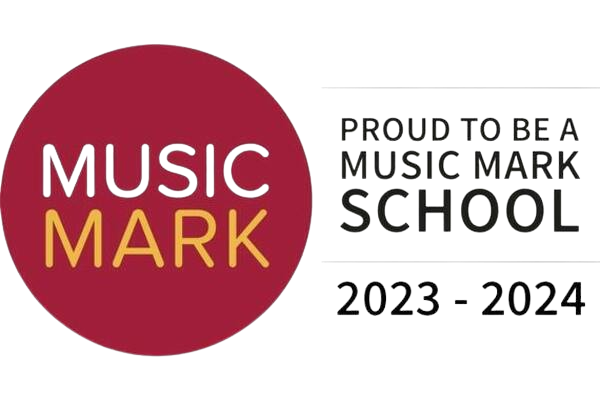Computing
At Frinton Primary School, our intent for computing education is to equip our pupils with the essential digital skills and knowledge required for success in the 21st century. We aspire to create a curriculum that is inclusive, engaging, and reflective of the evolving technological landscape. The key objectives of our computing curriculum are:
- Digital Literacy: To ensure that all pupils become confident and competent users of technology, understanding its ethical use, and developing the skills necessary to navigate safely and responsibly in a digital world.
- Computational Thinking: To foster problem-solving and critical thinking skills through hands-on experiences in coding, programming, and algorithms, thereby enabling pupils to approach challenges methodically.
- Creativity: To inspire creativity and innovation through the use of digital tools, allowing pupils to express themselves and bring their ideas to life in various formats, including multimedia presentations and interactive projects.
- Cross-Curricular Links: To integrate computing across the curriculum, enhancing learning in other subjects, while reinforcing the relevance and application of computing skills in real-world contexts.
Changes to our Computing Curriculum AI Adventures in Year 6 Computing!
AI is shaping the world around us, from voice assistants and translation tools to art generators and self-driving cars. To help our pupils understand this rapidly developing technology, we have adapted our Computing scheme of work this year to include an ‘AI Adventures’ unit for Year 6, which will be taught in the Spring term. Throughout this exciting unit, pupils will explore what Artificial Intelligence is and where it already exists in their everyday lives.
They’ll discover how computers learn and make decisions, developing an understanding of machine learning by acting like a computer system themselves.
Building on this, pupils will see how AI can be used to solve real-world problems by training a program to recognise the difference between ripe and unripe strawberries. They will also explore how digital assistants such as Al exa or Siri work, discussing both the benefits and challenges of using such technology.
To finish the unit, pupils will bring their learning together by designing their own AI robot for the classroom, applying their creativity and critical thinking to imagine how artificial intelligence could support learning in the future .
This new topic encourages curiosity, collaboration, and thoughtful reflection, helping our Year 6 learners to see not only how AI works but also how it is shaping the world they live in.
Disinformation, Misinformation and Conspiracy Theories in Computing
This year, our Computing curriculum has been updated to help pupils become responsible digital citizens, in line with the Keeping Children Safe in Education (KCSIE) guidance. As part of this, we have included lessons on: disinformation, misinformation and conspiracy theories.
Using Knowsley’s My Online Life online safety programme, pupils explore topics such as ‘Fake News’, learning to recognise the difference between misinformation (false information shared unintentionally) and disinformation (false information shared deliberately). They also examine how conspiracy theories can spread online and why people might believe them.
Through discussions and interactive activities, pupils develop practical strategies for checking the reliability of sources, spotting misleading content, and thinking critically before sharing online. These lessons help our pupils grow into confident, discerning and responsible users of technology.
fps computing sow intent document.pdf


